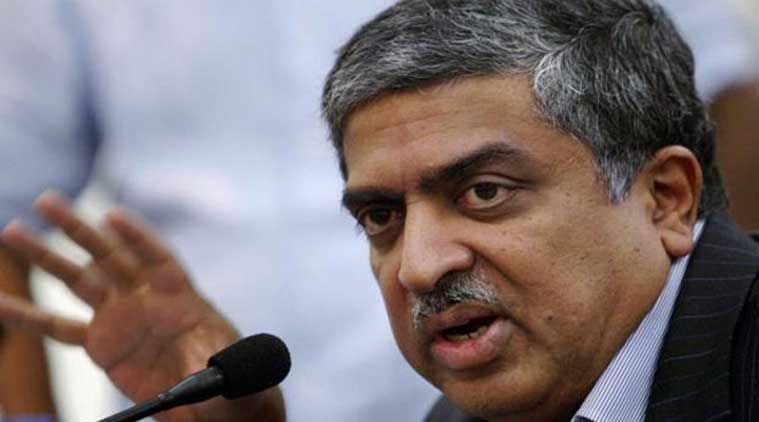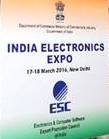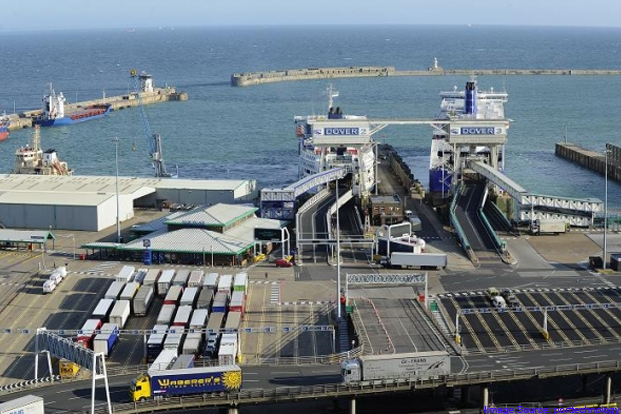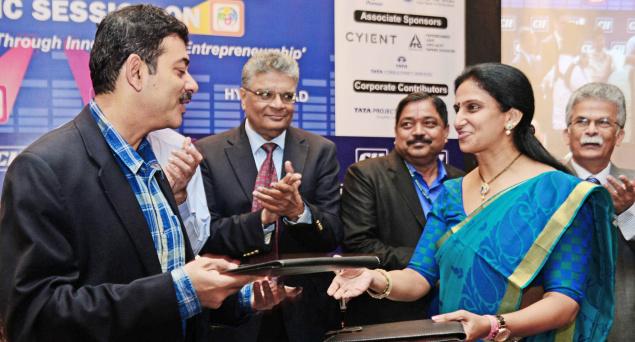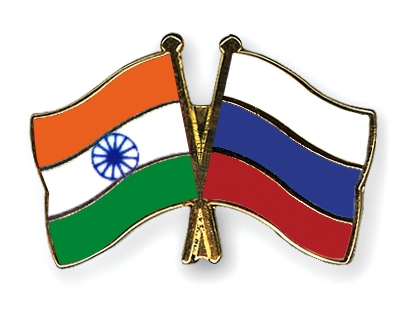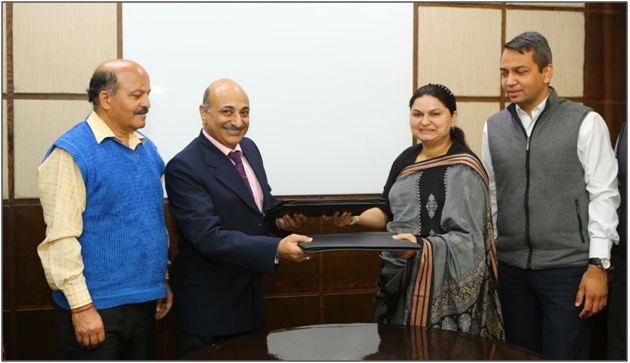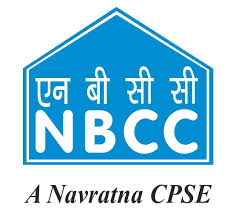Everyone knows that stubbing your toe hurts. What makes it stop hurting is the body’s main pain-blocking process — the natural production of opioids.
Cognitive-based approaches found to reduce pain, such as hypnosis, acupuncture, distraction and even the placebo response, have been shown to work through this system. But does meditation also use opioids to reduce pain?
In a study published in the current issue of the Journal of Neuroscience, a team led by Fadel Zeidan, Ph.D., assistant professor of neurobiology and anatomy at Wake Forest Baptist Medical Center, reports that mindfulness meditation does not employ the endogenous opioid system to reduce pain.
“Our finding was surprising and could be important for the millions of chronic pain sufferers who are seeking a fast-acting, non-opiate-based therapy to alleviate their pain,” Zeidan said.
The Institute of Medicine estimates that approximately 100 million Americans suffer from chronic pain at a cost of more than $600 billion annually for treatment. And due to the increase in the number of people addicted to opiate drugs, from prescription medications to heroin, the Centers for Disease Control has labeled the problem an epidemic.
To determine if meditation uses the body’s opioids to reduce pain, the Wake Forest Baptist researchers injected study participants with either a drug called naloxone, which blocks the pain-reducing effects of opioids, or a saline placebo.
In this randomized, double-blinded study, 78 healthy, pain-free volunteers were divided into four groups for the four-day (20 minutes per day) trial. The groups consisted of: meditation plus naloxone; non-meditation control plus naloxone; meditation plus saline placebo; or non-meditation control plus saline placebo.
Pain was induced by using a thermal probe to heat a small area of the participants’ skin to 49 degrees Centigrade (120.2 degrees Fahrenheit), a level of heat most people find very painful. Study participants rated their pain using a sliding scale.
Zeidan found that the participants’ pain ratings were reduced by 24 percent from the baseline measurement in the meditation group that received the naloxone. This is important because it showed that even when the body’s opioid receptors were chemically blocked, meditation still was able to significantly reduce pain by using a different pathway, he said. Pain ratings also were reduced by 21 percent in the meditation group that received the placebo-saline injection.
By comparison, the non-meditation control groups reported increases in pain regardless of whether they got the naloxone or placebo-saline injection.
“Our team has demonstrated across four separate studies that meditation, after a short training period, can reduce experimentally induced pain,” Zeidan said. “And now this study shows that meditation doesn’t work through the body’s opioid system.
“This study adds to the growing body of evidence that something unique is happening with how meditation reduces pain. These findings are especially significant to those who have built up a tolerance to opiate-based drugs and are looking for a non-addictive way to reduce their pain.”
The next step for Zeidan’s team is to determine if and how mindfulness meditation can affect a spectrum of chronic pain conditions.
“At the very least, we believe that meditation could be used in conjunction with other traditional drug therapies to enhance pain relief without it producing the addictive side effects and other consequences that may arise from opiate drugs,” he said.
The study was supported by the National Center for Complementary and Integrative Health K99-AT008238, the Mind and Life Institute and the Wake Forest Translational Science Institute.
Co-authors of the study are: A.L. Adler-Neal, M.P.H., R.E. Wells, M.D., J.C. Eisenach, M.D., and J.G. McHaffie, Ph.D., of Wake Forest Baptist; E. Stagnaro, B.S., of Wake Forest University; L.M. May, B.S., of the University of Oregon; and R.C. Coghill, Ph.D., of Cincinnati Children’s Hospital Medical Center.
Source:Wake Forest Baptist Medical Center(science)


